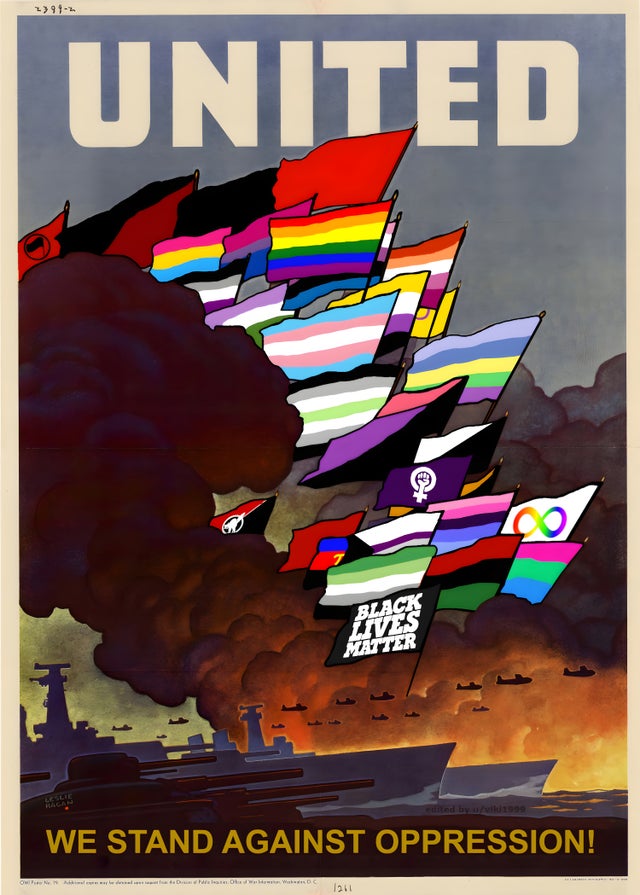Two years after the Orenland invasion, the former Lindsen Commission collapsed. Brandon Holstein, a member of the old nobility, led his chunk of the Southern Raimat.
The initial threat of an invasion from the remains of the Commission subsided when many fragmented warlord states arose between it and Holstein's domain. The ambitious Holstein took it upon himself to reunify the nation, trusting that the Commission would be too weakened to notice his expansion.
For a while this strategy was effective. Holstein was able to federate with many larger closer states over the next seven years, while also annexing surrounding microstates. He also attempted to industrialize his country to compete in productions with the Commission. While he was able to establish a formidable industry, this also led to the quiet strengthening of industrialists, which he tried his best to suppress. For most of the first ten years after the invasion he was successful at keeping a lid over industrialist power.
Eventually, Johannes Heydritch's North Lindsen Federation had also become sufficiently powerful, so Holstein proposed a federation that would then lead to only west Lindsen being incomplete, by which point the weak warlords there could be easily defeated. However, the Commission had grown westward in the decade after its initial collapse and was now almost bordering the two federations. The day before the federation would've occured, the commission invaded the two federations and crushed both of them. The treaty of East Lindsen was signed, forcing the two federations to split apart into their constituitent states.
The remaining rump state of South Lindsen lost much of its authority. Holstein became closer to Albert Stahler in this period of time as the industrialists gained more and more power over the nation's affairs. He entrusted Stahler with his ultimate plan: seeing as retaining his nobilibty was no longer possible, he hoped to instead pursue one of his long-lost dreams of utopianism, when he was just an aspiring prince in a Lindsen that was still complete.
Two years after the federation's defeat, Holstein died. On the same day, Stahler became the Regent of the South Lindsen Federation, and disbanded the army with the pretext of reorganizing. He quickly mobilized the masses as all industrial output stalled for the day. The private police of the Industrialists retaliated but was quickly crushed by the sheer number of workers Stahler had organized, combined with the weapons confiscated from the former army. Within a week the industrialists were crushed and the workers had siezed power.
Soon afterwards, Stahler revoked his position of regent and declared himself the chairman of the South Lindsen Worker's State under the governing principles of Proletarian Centralism, a jump from the previous Feudal Centralism. While the new state faced challenges, most neighboring states were too weak to intervene. In addition, there were none of the problems with production the later matriarchal and patriarchal post-Commission states had, due to workers being familiar with production already.
The Commission invaded two years later, taking the eastern half of the Worker's State. But despite this massive setback, it retains the industrial base to expand and strengthen for possible unification. What does the future hold for the South Lindsen Worker's State?

